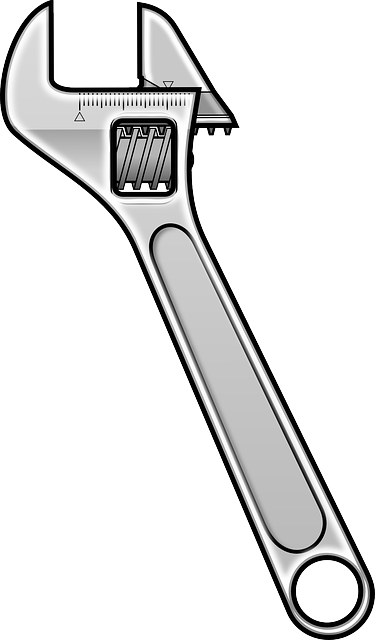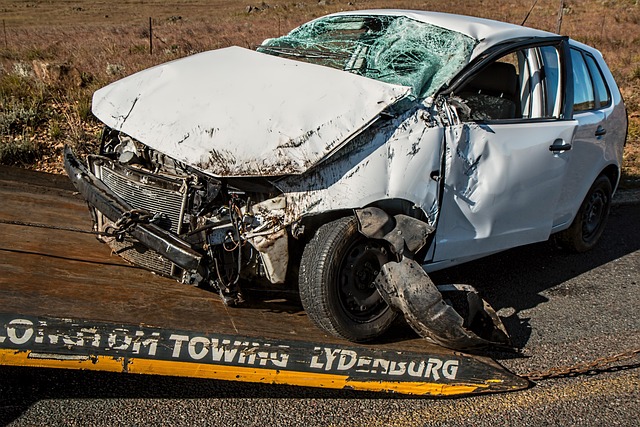The digital transformation has dramatically changed the auto body repair financing landscape, shifting from traditional methods to a modern, diverse range of online options including peer-to-peer lending, mobile payments, and instant loans. Brands like Mercedes Benz are leveraging fintech platforms for faster approvals, flexible repayment plans, and enhanced customer experiences. This evolution brings increased convenience and access to consumers but also poses challenges like data privacy concerns and digital security risks. Future innovations such as blockchain and AI aim to make repair financing more accessible, efficient, and secure, from predicting maintenance needs to streamlining financial transactions and providing real-time assistance.
Technology is reshaping the way we access repair financing, offering unprecedented choices for individuals and businesses alike. This evolution, driven by digital disruption, is transforming traditional methods of securing funds for essential repairs. From online lending platforms to innovative subscription models, technology provides both benefits and challenges in this rapidly changing landscape. Discover how these developments impact accessibility, affordability, and the future of repair financing options.
- The Evolution of Repair Financing: Traditional Methods vs. Digital Disruption
- Benefits and Challenges: How Technology Enhances and Complicates Access to Repair Funds
- Future Trends: Predicting the Next Wave of Repair Financing Innovations
The Evolution of Repair Financing: Traditional Methods vs. Digital Disruption

The landscape of repair financing options has undergone a profound transformation, evolving from traditional methods to embrace digital disruption. Historically, vehicle collision repair and automotive body shop owners relied on cash payments, insurance claims, and in-house financing as primary sources of funding for customers. However, with the advent of technology, particularly online platforms and financial tech (fintech) innovations, the entire process is now digitised.
Digital disruption has introduced a plethora of repair financing options, such as peer-to-peer lending, mobile payment apps, and instant online loans. For instance, Mercedes Benz repair customers can now access dedicated financial services tailored to their needs through digital platforms, streamlining the funding process. This shift not only enhances convenience but also provides faster approval times and flexible repayment plans, ultimately fostering a seamless customer experience in automotive body shops.
Benefits and Challenges: How Technology Enhances and Complicates Access to Repair Funds

Technology has brought about a paradigm shift in how individuals access repair funds for their vehicles or even personal belongings, offering both enhanced benefits and novel challenges. Online platforms now provide a convenient way to secure loans for repairs, with just a few clicks. This digital transformation allows users to compare various auto repair services, their costs, and financing options from the comfort of their homes. It is particularly beneficial for those in need of urgent vehicle restoration or unexpected expenses from an auto collision center.
However, as technology advances, so do the complexities. The rise of tech-driven financing has introduced new variables such as data privacy concerns, digital security risks, and the need for robust online platforms that can handle a wide range of repair financing options. Moreover, while technology enables faster access to funds, it also demands increased financial literacy from users to navigate the various loan types, interest rates, and repayment terms available in the digital landscape.
Future Trends: Predicting the Next Wave of Repair Financing Innovations

The future of repair financing is set to be shaped by technological advancements that promise to make the process more accessible and efficient. Innovations like blockchain technology could streamline financial transactions, ensuring faster, safer, and more secure repairs. This decentralized system can also enable peer-to-peer lending models, where individuals can offer loans directly to auto body shops or specialized repair centers, potentially lowering interest rates and providing flexible financing options for customers.
Artificial intelligence (AI) is another game-changer. AI algorithms can analyze historical data and predict maintenance needs, enabling proactive repairs and reducing the likelihood of costly future damages. This technology can also be used to assess repair estimates more accurately, matching jobs with skilled technicians in auto painting or auto detailing, thereby minimizing wait times and enhancing customer satisfaction. Additionally, AI chatbots could offer real-time assistance, guiding customers through financing options and providing instant quotes for various repairs, from minor dents to major overhauls.
Technology is rapidly transforming the landscape of repair financing, offering both enhanced access and new complexities. As digital disruption continues to evolve, consumers can expect more flexible and innovative solutions for funding essential repairs. The future of repair financing options looks set to be faster, more convenient, and better tailored to individual needs, thanks to emerging technologies like blockchain, AI-driven assessment tools, and seamless online platforms. Embracing these technological advancements will not only benefit businesses and consumers but also drive the industry towards a more efficient and inclusive future.













